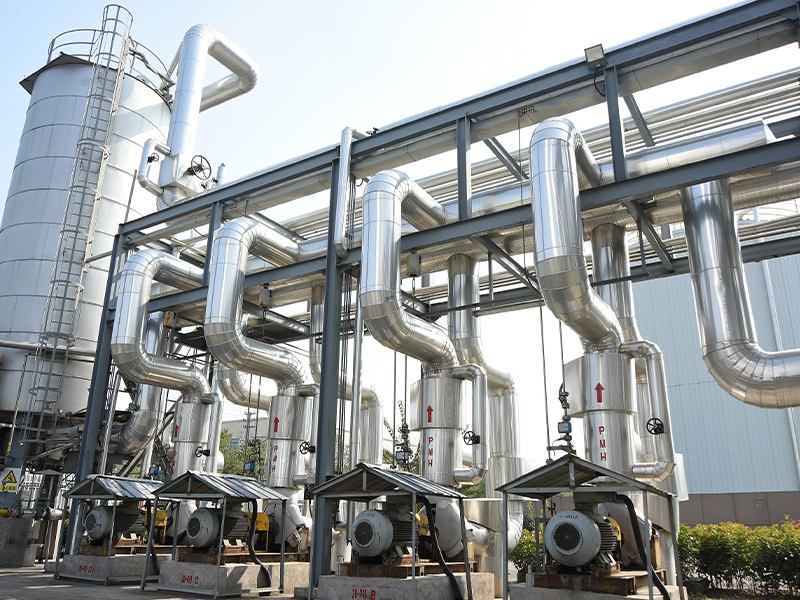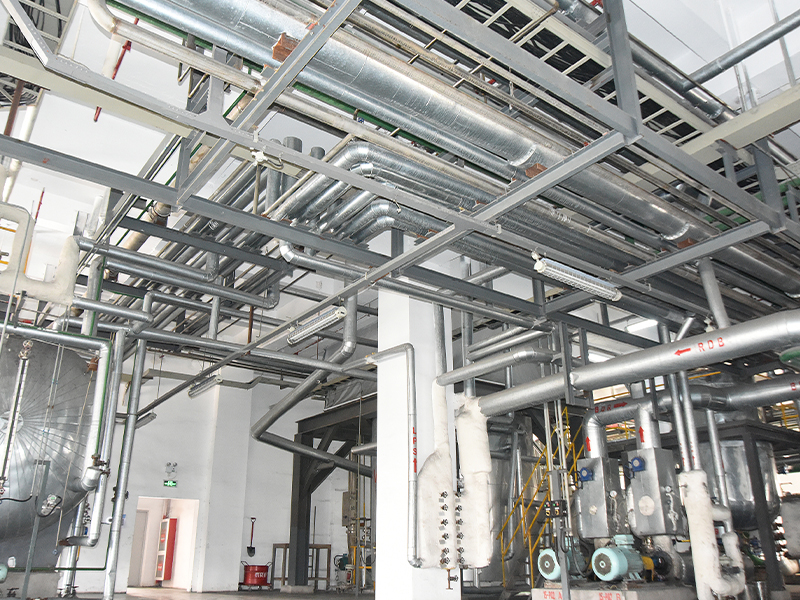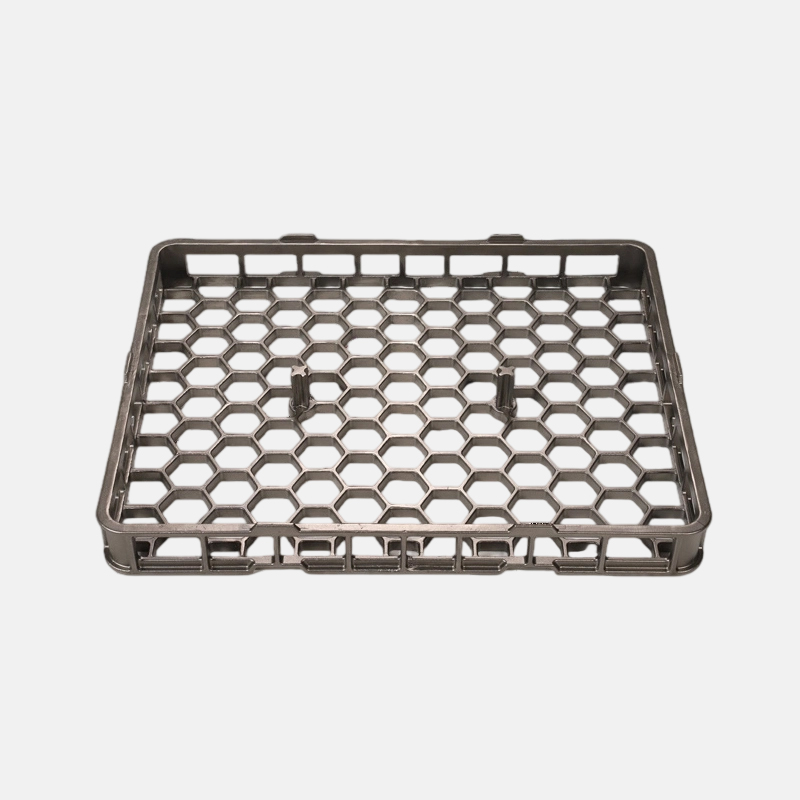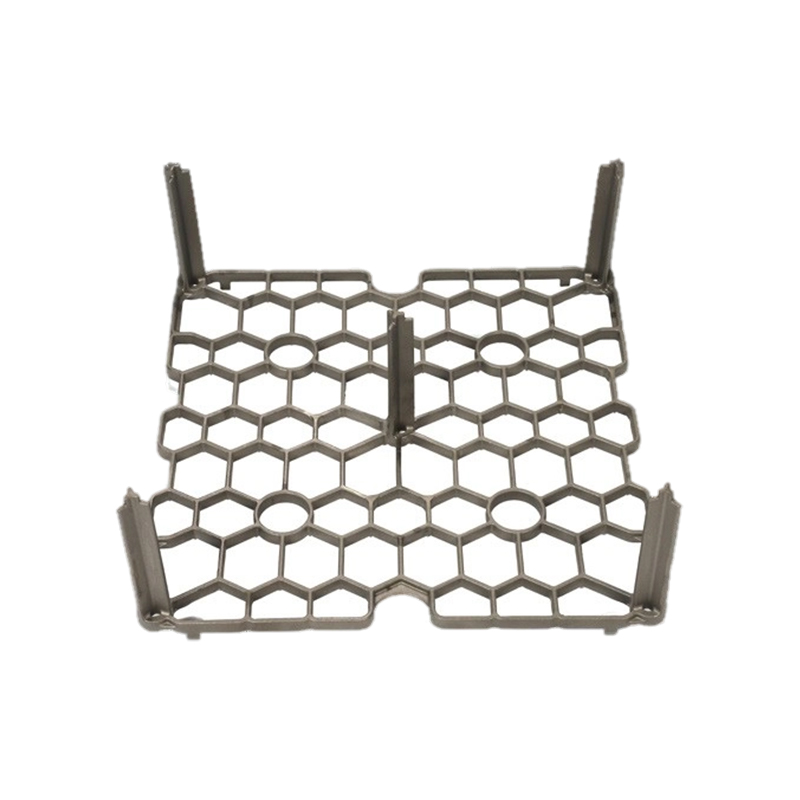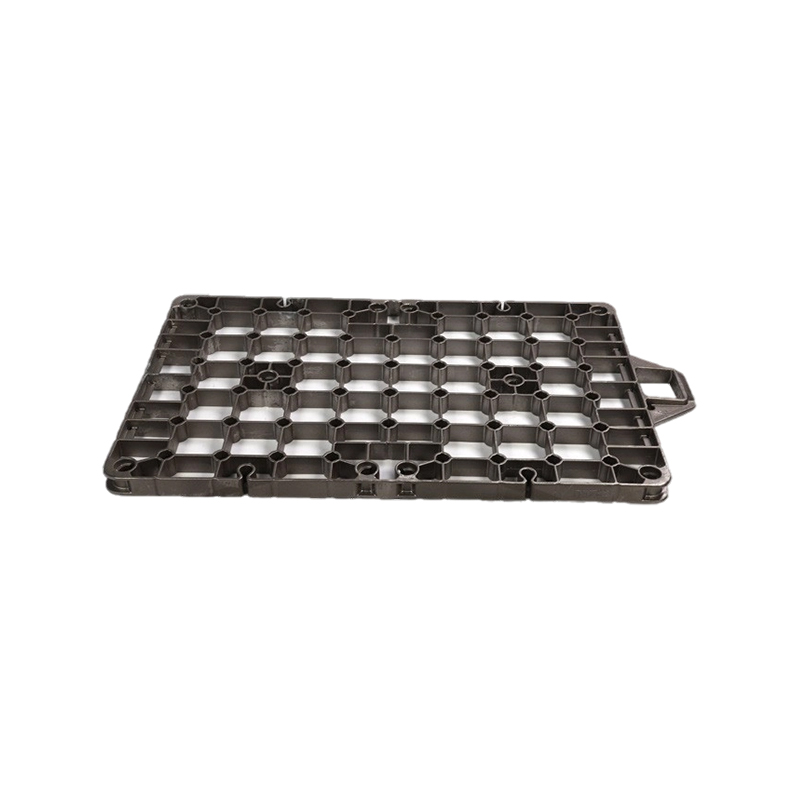Lost Foam Casting is a widely used manufacturing process in the metalworking industry, known for its capability to produce intricate and near-net-shape components with minimal machining requirements. This method involves creating a foam pattern, coating it with a refractory material, and embedding it in sand before pouring molten metal to replace the pattern. Despite its advantages, the process is susceptible to various defects, with carbon inclusions being a prominent concern. Carbon inclusions can compromise the mechanical properties and surface quality of cast parts, leading to increased rejection rates and costs.
Concept of Lost Foam Casting
Lost Foam Casting, also known as evaporative pattern casting, is a metal casting process that utilizes expandable polystyrene (EPS) or similar foam patterns. The process begins with the creation of a foam pattern, which is an exact replica of the desired part. This pattern is coated with a ceramic slurry to form a permeable refractory layer and then placed in a flask filled with unbonded sand. When molten metal is poured into the mold, the foam pattern vaporizes, leaving behind a cavity that the metal fills to form the casting. Key advantages of Lost Foam Casting include reduced tooling costs, the ability to produce complex geometries, and minimal post-processing. However, the vaporization of the foam can lead to defects if not properly managed, such as carbon inclusions resulting from incomplete decomposition of the foam.
Types of Common Defects in Lost Foam Casting
Defects in Lost Foam Casting can arise from various factors, including pattern quality, coating integrity, and pouring parameters. Carbon inclusions are a frequent issue, characterized by the presence of carbonaceous residues in the casting, which occur when the foam does not fully degrade and leaves behind carbon-rich particles. Other common defects include:
-
Gas Porosity: Caused by trapped gases from foam decomposition or inadequate venting.
-
Shrinkage Defects: Resulting from improper solidification patterns or insufficient feeding.
-
Surface Imperfections: Such as folds or tears due to coating failure or uneven metal flow.
-
Inclusions: Non-metallic particles embedded in the casting, often from sand or coating materials.
Carbon inclusions specifically form when the foam pattern's decomposition is incomplete, leading to carbon pickup in the metal. This can be influenced by factors like foam density, pouring temperature, and coating permeability.
Applications of Lost Foam Casting
Lost Foam Casting is employed across various industries due to its versatility in producing complex parts. Common applications include:
-
Automotive Industry: For engine blocks, cylinder heads, and intake manifolds, where weight reduction and intricate designs are critical.
-
Aerospace Sector: In components like turbine blades and structural parts that require high precision and minimal weight.
-
Industrial Machinery: For pumps, valves, and gears that benefit from the process's ability to integrate multiple parts into a single casting.
-
Consumer Goods: Such as artistic sculptures and hardware items, where surface detail is important.
The process is favored in these areas for its cost-effectiveness in high-volume production and its environmental benefits, such as reduced waste compared to traditional methods.
Comparison with Other Casting Methods
Lost Foam Casting is often compared to other casting techniques, such as sand casting and investment casting, to highlight its strengths and limitations.
-
Sand Casting: Uses bonded sand molds and reusable patterns, offering lower tooling costs for simple shapes but requiring more machining and producing less dimensional accuracy than Lost Foam Casting. Lost Foam Casting eliminates the need for cores in many cases, reducing complexity.
-
Investment Casting: Involves wax patterns and ceramic shells, providing superior surface finish and accuracy but at higher costs and longer lead times. Lost Foam Casting is more economical for larger parts and higher volumes.
-
Die Casting: Utilizes metal molds for high-speed production of non-ferrous parts, but it is less suitable for complex internal geometries compared to Lost Foam Casting.
In terms of defect propensity, Lost Foam Casting is more prone to carbon-related issues than sand casting, but it offers better design flexibility. Proper control measures can mitigate these drawbacks.
Strategies to Control and Avoid Defects, Including Carbon Inclusions
Controlling defects in Lost Foam Casting requires a systematic approach focused on process parameters and material selection. For carbon inclusions, key strategies include:
-
Optimizing Foam Patterns: Using low-density foam with controlled bead size to ensure complete decomposition. Patterns should be stored in dry conditions to prevent moisture absorption.
-
Coating Design: Applying a uniform, permeable ceramic coating that allows gases to escape during pouring. The coating thickness and composition should be tailored to the metal type and pouring temperature.
-
Pouring Parameters: Maintaining appropriate pouring temperatures and rates to facilitate foam vaporization without excessive gas generation. For instance, higher temperatures can reduce carbon residues but may increase other defects like shrinkage.
-
Ventilation and Sand Properties: Ensuring adequate venting in the mold and using dry, unbonded sand with good permeability to minimize gas entrapment.
-
Process Monitoring: Implementing real-time controls, such as thermal analysis and pressure measurements, to detect deviations early. Regular testing of castings for carbon content through metallographic analysis can help in fine-tuning the process.
These measures are supported by industry standards and research, which emphasize the importance of integrated quality management systems.
Frequently Asked Questions (FAQ)
-
What are carbon inclusions in Lost Foam Casting?
Carbon inclusions are defects where carbon particles from the decomposed foam pattern become embedded in the metal casting, leading to reduced mechanical strength and potential failure points. -
How can carbon inclusions be prevented?
Prevention involves using high-quality foam with optimal density, ensuring proper coating permeability, controlling pouring temperature and speed, and maintaining dry sand conditions to facilitate complete foam degradation. -
What metals are commonly used in Lost Foam Casting?
This process is applicable to a range of metals, including aluminum, iron, steel, and copper-based alloys, with aluminum being popular for its low melting point and good flow characteristics. -
How does Lost Foam Casting compare to traditional methods in terms of environmental impact?
Lost Foam Casting often generates less waste than sand casting due to the absence of binders and cores, but it requires careful management of foam materials to avoid emissions during decomposition. -
Are there limitations to the size of parts produced with Lost Foam Casting?
While suitable for complex shapes, the process is generally limited to medium-sized parts due to challenges in handling large foam patterns and ensuring uniform decomposition. -
What role does coating play in defect control?
The coating acts as a barrier that controls gas evolution and metal flow; an improper coating can lead to defects like carbon inclusions or surface imperfections by trapping gases.
Lost Foam Casting offers significant benefits in manufacturing complex components, but it requires precise control to mitigate defects such as carbon inclusions. By understanding the process fundamentals, applying optimized parameters, and adhering to best practices in pattern design and coating, manufacturers can enhance product quality and efficiency. Continuous research and development in materials and process monitoring further support the reliability of Lost Foam Casting in industrial applications. This approach ensures that the process remains a viable and competitive option in modern metalworking.
 English
English русский
русский Español
Español عربى
عربى
